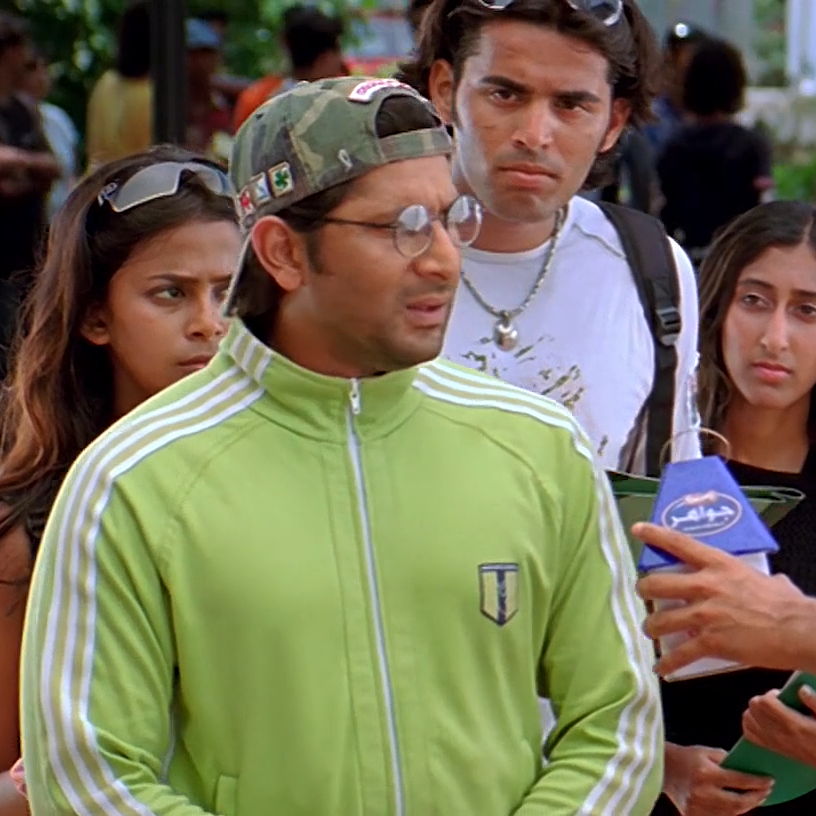In an unexpected twist of digital culture, classic Bollywood films from the 70s, 80s, and 90s are finding new relevance through the universal language of memes. What started as casual social media posts has evolved into a cultural phenomenon that's bridging generational gaps and keeping vintage Indian cinema alive in contemporary conversations.
The Rise of Bollywood Meme Culture
The internet's love affair with Bollywood memes began around 2015, but it wasn't until platforms like Instagram and Twitter gained prominence in India that this trend truly exploded. Today, scenes from decades-old movies serve as perfect reaction images and relatable content for modern situations, often reaching audiences who weren't even born when these films were released.
Why Classic Bollywood Works So Well in Meme Format
-
Bollywood's characteristic over-the-top expressions and dramatic scenes, especially from the 80s and 90s, naturally lend themselves to exaggerated reactions that resonate with today's meme culture
-
The visual comedy in films like "Andaz Apna Apna" (1994) and "Hera Pheri" (2000) translates perfectly into modern humor, with Paresh Rawal's character Baburao becoming an enduring meme icon
-
The universality of emotions portrayed in these films, albeit dramatically, makes them perfect templates for expressing contemporary feelings and situations
Notable Examples Driving This Trend
The 1998 film "Kuch Kuch Hota Hai" continues to dominate social media, with Anjali's tomboy-to-traditional transformation spawning countless memes about personal growth and change. Similarly, Amrish Puri's famous "Ja Simran Ja" scene from "Dilwale Dulhania Le Jayenge" (1995) has become shorthand for letting go of something, whether it's toxic relationships or bad habits.
Impact on Movie Viewership and Cultural Memory
Recent statistics show interesting trends:
-
Streaming platforms report a 45% increase in classic Bollywood movie viewership among viewers aged 18-25, directly correlating with viral meme trends
-
Popular meme pages featuring classic Bollywood content average 50,000 new followers monthly, indicating growing interest in vintage Indian cinema
-
YouTube viewership of classic scenes featured in viral memes has increased by 300% since 2020
How Memes Are Preserving Film History
Beyond entertainment, this phenomenon serves a deeper cultural purpose. Young viewers often seek out original movies after encountering memorable scenes through memes, leading to:
-
A newfound appreciation for classic storytelling techniques and cinematography
-
Better understanding of Indian cinema's evolution and its historical context
-
Preservation of cultural touchstones that might otherwise fade into obscurity
Modern Marketing Through Retro Content
Production houses are catching on to this trend. Companies like Yash Raj Films and Dharma Productions actively encourage meme creation using their classic content, understanding that viral moments drive interest in their film catalogs. Some studios have even started releasing high-quality clips specifically for meme creation.
The Global Reach of Bollywood Memes
What's particularly fascinating is how these memes transcend cultural boundaries. Scenes from movies like "Kabhi Khushi Kabhie Gham" resonate with international audiences who may never have watched a Bollywood film but understand the emotional context through memes. This cross-cultural appeal has helped Indian cinema gain new audiences worldwide.
Future of Classic Bollywood in Digital Culture
As social media continues to evolve, classic Bollywood memes are likely to remain relevant through:
-
Integration with new platforms and formats like short-form video content
-
Remix culture combining classic scenes with contemporary references
-
Growing appreciation for retro aesthetics among younger generations
The marriage of classic Bollywood and modern meme culture represents more than just entertainment – it's a unique form of cultural preservation that keeps India's rich cinematic history alive and relevant for new generations. As digital platforms continue to evolve, these timeless moments from Indian cinema find new meaning and context, ensuring their place in contemporary cultural discourse.
